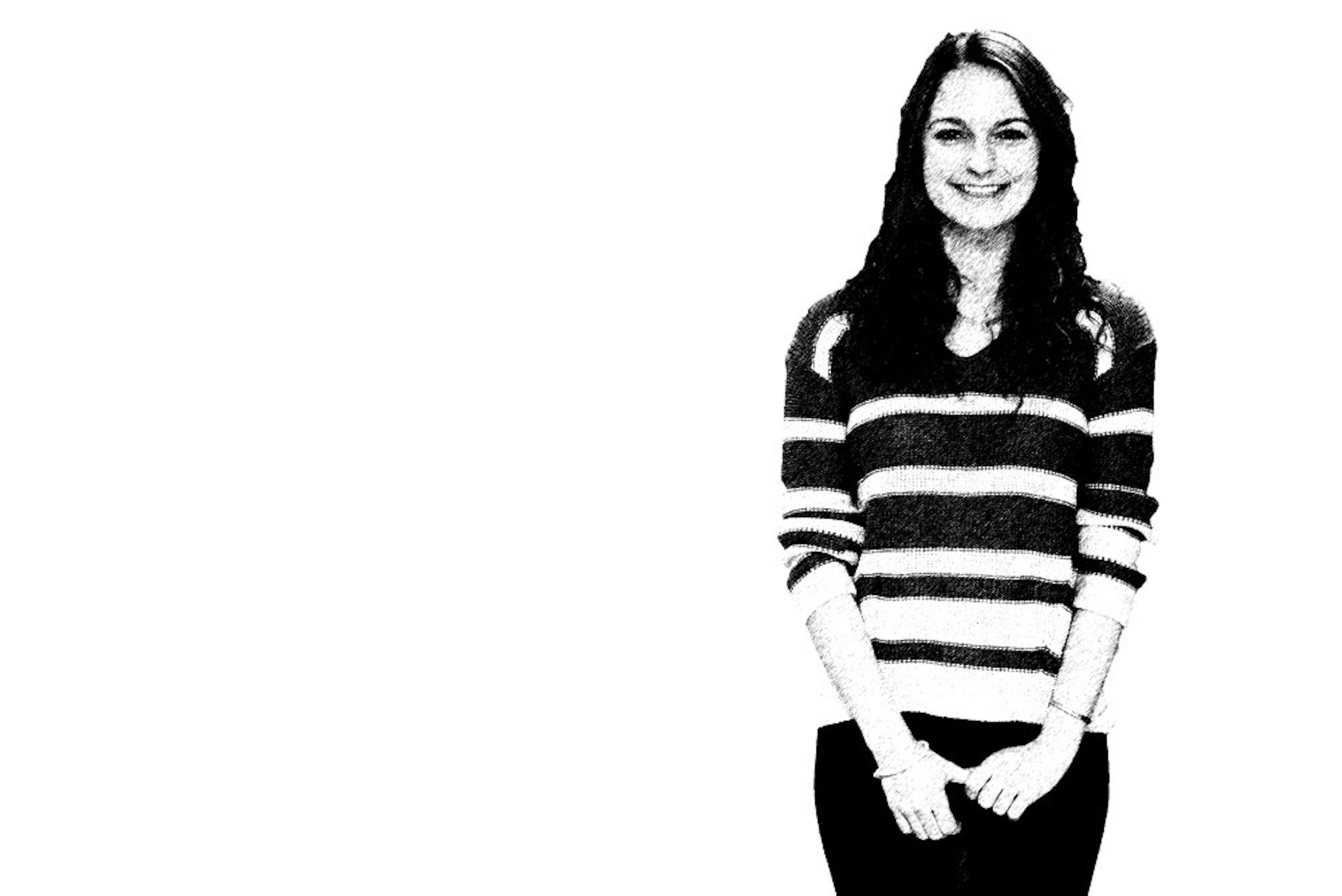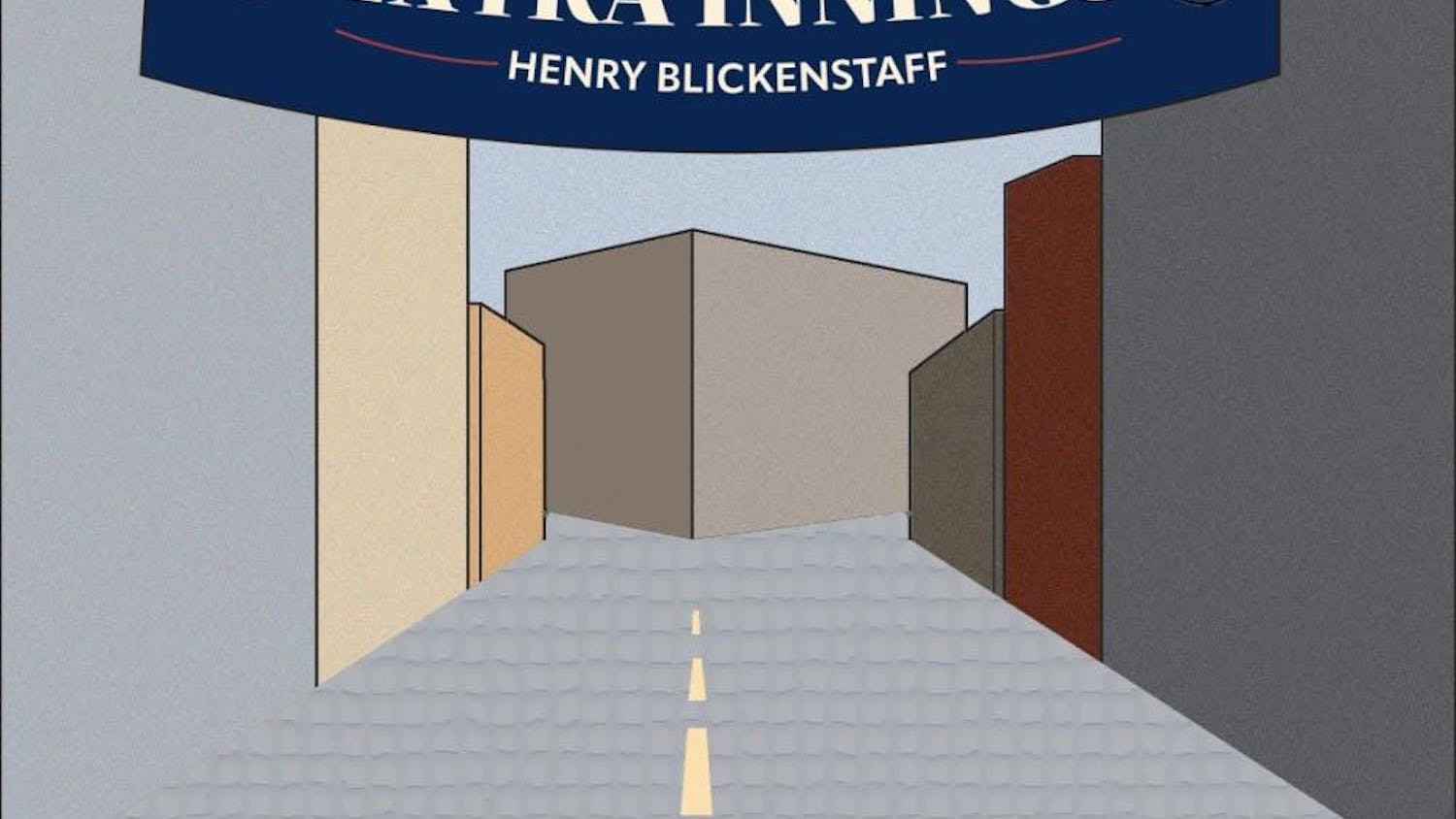Not only do we seek to order our lives, but also we seek to order our interpretation of art. Living in an age of innovation, we seek immediate gratification through technology. We, the public, are currently enraptured with the marvels of modern technology and modernization. However, while we are products of a modern age, at our cores we seek simplicity. Either in isolation or displayed in unison, the themes of order and disorder are evident in artistic creation.
Fixating on the devolution of order into disorder or the inverse, a common theme has emerged in my columns. I seek to make tangible the immaterial socio-political and cultural undercurrents that pulsate through artistic works. Whether chaos is simplified into a sublimely simple form or exacerbated to shock the viewer into realization, artists aim to integrate the poles of creation and destruction into their works. Rather than depicting wholly realistic or classic scenes of order and disorder, modern creations tend to simplify their surroundings into accessible bold colors with strong contours. Instead of minimizing the conflicting axis of creation, this assembly of color and form serves to further emphasize the divide between how the world is (chaotic) and how the world should be (ordered).
Parviz Tanavoli streamlines chaos. His work is both innovative and full of Iranian artistic influences, spanning across the mediums of sculpture, painting, printmaking, ceramics, rugs and jewelry. The Davis Museum, located on Wellesley College’s campus, is exhibiting the first comprehensive retrospective on the artist’s work in the U.S., which will be on view until June 7. Entrance to the exhibition, as well as the rest of the museum, is free.
Struck particularly by the undulating forms of the monumental sculptures, I gravitated to his works in bronze. A substantial quantity of the exhibition is allocated to Tanavoli’s varied interpretations of the calligraphic symbol heech. Translated from Farsi, it means “nothing” or “nothingness,” but the term heech is elastic; in Tanavoli’s work heech is manifested in diverse shapes, colors and media. Essentially, through creating, Tanavoli gives life to nothingness.
Dynamic, Tanavoli’s heech sculptures are flexible in meaning as well as physique. Rejecting the copy-and-paste form of calligraphy that was vogue in the 1960s and '70s , Tanavoli adopted a singular calligraphic symbol, the heech, manipulating it to form a unique modernist tradition. The exhibition stresses the repetition of the heech in Tanavoli’s work, arranging groups of heech sculptures in accordance to their size and medium. A monumental heech is placed at the exhibition’s entrance with smaller scale heech works flanking both sides. Receding towards the back wall, the heech sculptures --representations of nothingness -- combine to form a continuous form, a colossal cascade of metal.
Tanavoli’s work is also a reflection of the tumultuous context of its creation. While creating during the Iranian Revolution of 1979, Tanavoli simplified his chaotic surroundings. While not distancing himself from the politics of Iran, Tanavoli continues to incorporate distinctly Persian elements into his work. Rather than representing the brutality of the revolution, Tanavoli’s sculptures beautify the chaos; his work orders the surrounding disorder. These figures are simultaneously realistic and abstract.
Order and disorder collide in Tanavoli’s work “Here No One Opens Any Gates” (1970). A reflection of the tumultuous context of Iran, the metallic bronze square reflects and refracts beams of light. Yet light ceases to radiate upon reaching the center diamond. Clusters of padlocks finished with a darker patina protrude from the flat reflective surface, creating a physical barrier. Tanvoli’s work seeks to represent Iran in its totality -- opening dialogues on the chaos of suppression and the beauty of uncensored liberty.
Representations of Nothingness

Emily Gruzdowich is a sophomore majoring in Art History and Political Science.





